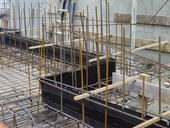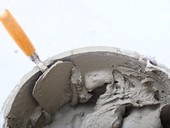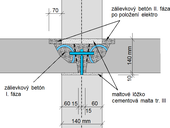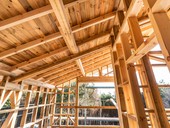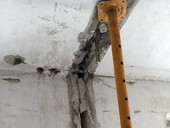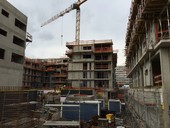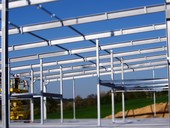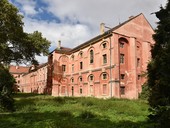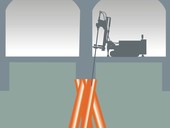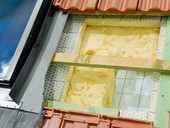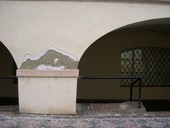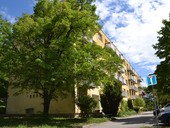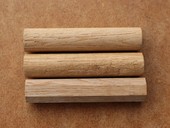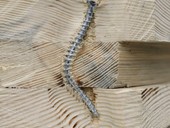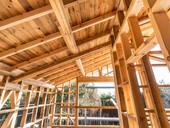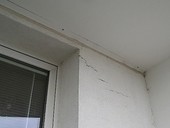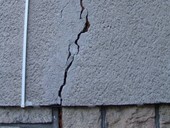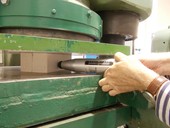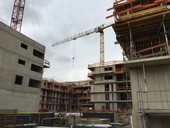White tanks are structures which, in addition to the load-bearing function, must also have the function of watertightness. Watertight of the concrete is ensured by adherence to design, production and technological measures. The width of the early-age cracks that former in the structure is controlled by the reinforcement. During construction, however, joints (expansion, construction and control) are created in the structure, which must also be watertight. The joints are the most sensitive place of the white tank and therefore the most leaks are created at the point of the joints. The correct choice of the joint sealing system is the basis for the design of the watertight joint. The paper deals with the description of various joint seal and pipes through of the white tank.
Newsletter
Přihlaste se k odběru newsletteru a my vám každý týden pošleme přehled toho nejlepšího z TZB-info!
více o newsletteru
